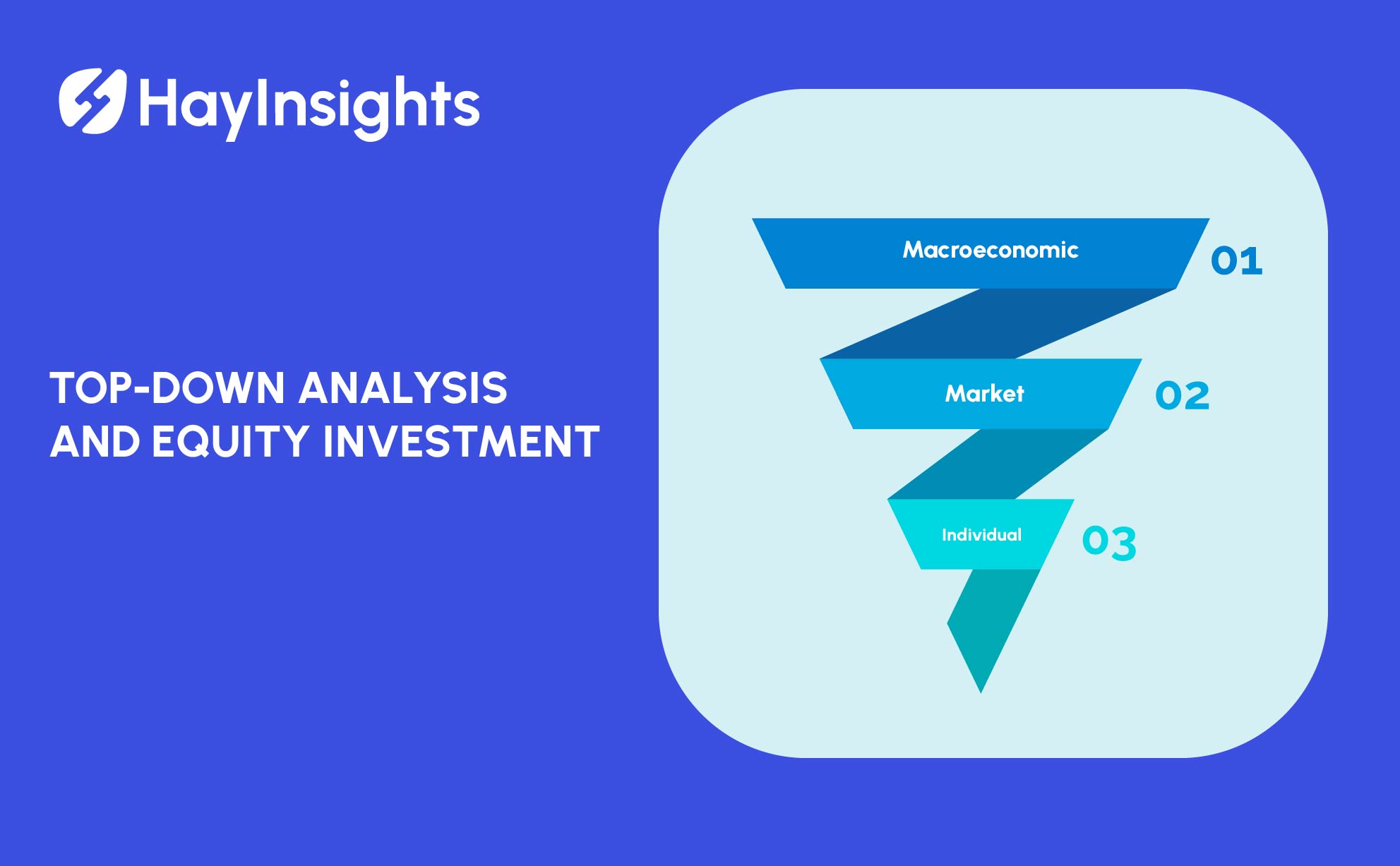
Top 3 Sectors Driving Growth in Japan’s Stock Market
Top 3 Sectors Driving Growth in Japan’s Stock Market
Japan’s stock market is one of the largest and most influential in the world. Despite facing economic challenges such as deflation, an aging population, and years of low growth, certain sectors have consistently driven market performance and innovation. In recent years, these key sectors have been pivotal in propelling Japan’s economy forward and making the Japanese stock market attractive to domestic and international investors alike.
In this article, we will explore the top three sectors driving growth in Japan’s stock market: technology, automotive, and pharmaceuticals. These sectors stand out due to their innovation, global influence, and strategic importance in the country’s economic landscape.
1. The Technology Sector: Japan’s Innovation Powerhouse
The technology sector is one of the primary drivers of growth in Japan’s stock market, contributing significantly to the country’s economy. Japan has long been recognized as a global leader in technological innovation, particularly in electronics, robotics, and semiconductors. Companies in this sector are not only advancing cutting-edge technologies but also contributing to Japan’s global competitiveness.
1.1. Leading Companies and Market Performance
- Sony Corporation: A giant in electronics and entertainment, Sony has played a crucial role in the global technology market. Its diversified business model, encompassing gaming, music, and semiconductors, has made it one of Japan’s most valuable companies.
- Panasonic Corporation: Known for its wide range of electronics products, Panasonic has been investing heavily in energy solutions, including electric vehicle (EV) batteries and energy storage technologies.
- SoftBank Group: As one of the largest telecommunications and investment companies, SoftBank has made strategic investments in emerging technology companies around the world, from AI to robotics. Its Vision Fund, a tech-focused investment vehicle, continues to be a significant player in global tech finance.
- Keyence Corporation: A leader in industrial automation and robotics, Keyence has been at the forefront of the Fourth Industrial Revolution. Its stock has surged due to strong demand for its sensors and automation solutions used in manufacturing.
1.2. Key Drivers of Growth
- 5G and Telecommunications: Japan’s major telecom providers are rapidly rolling out 5G technology, which is expected to revolutionize various industries, including autonomous vehicles, smart cities, and the Internet of Things (IoT).
- Robotics and Automation: Japan is a global leader in robotics, especially industrial robots. With increasing demand for automation in factories worldwide, Japanese robotics companies are thriving.
- Artificial Intelligence (AI) and Semiconductors: As AI becomes more integrated into various industries, the demand for advanced semiconductors, where Japan excels, has skyrocketed. Companies such as Renesas Electronics and Toshiba are key players in the global semiconductor market.
1.3. Global Influence and Exports
Japan’s technology sector benefits greatly from exports, especially to fast-growing economies in Asia and the West. The global demand for Japanese consumer electronics, automotive technologies, and industrial automation systems helps maintain robust growth in this sector. The technology sector’s contribution to export revenues also makes it a key pillar of Japan’s overall economic performance.
2. The Automotive Sector: Pioneering the Future of Transportation
Japan is synonymous with automotive excellence. The country’s automotive sector has long been a dominant force, not only in its stock market but also globally. Japanese automakers are renowned for their engineering, efficiency, and innovation, which have enabled them to maintain a strong global presence. The shift towards electric vehicles (EVs) and autonomous driving technologies is creating new growth opportunities for this sector.
2.1. Leading Automotive Giants
- Toyota Motor Corporation: Toyota is not only the largest automaker in Japan but also one of the largest in the world. The company has been at the forefront of hybrid vehicle technology with its Prius model and is now heavily investing in electric and hydrogen fuel cell vehicles.
- Honda Motor Co., Ltd.: Honda is another major player, known for its broad range of automobiles, motorcycles, and power equipment. It has also been investing in EVs and autonomous driving technologies, positioning itself for future growth.
- Nissan Motor Co., Ltd.: Nissan was one of the pioneers in the EV market with the Nissan Leaf, one of the world’s best-selling electric cars. Despite recent corporate challenges, Nissan continues to push forward with innovation in the EV space.
2.2. Key Growth Drivers
- Electric Vehicles (EVs): As the world moves toward cleaner energy and reduced carbon emissions, Japanese automakers are expanding their electric vehicle offerings. Toyota, for example, plans to have EVs make up half of its global sales by 2030.
- Autonomous Driving: Japan is heavily investing in autonomous vehicle technology. Companies such as Toyota and Honda are leading the way in developing self-driving technologies, which are expected to revolutionize the automotive industry.
- Sustainability and Green Technologies: Japan is also a leader in developing environmentally friendly automotive technologies. Hydrogen fuel cell vehicles, such as Toyota’s Mirai, are at the cutting edge of green transportation innovation.
2.3. Global Competitiveness and Exports
The global demand for Japanese cars remains strong, with exports to North America, Europe, and emerging markets contributing significantly to the sector’s growth. Japanese automakers are known for their reliability, fuel efficiency, and innovative technologies, making them highly competitive in the international market.
As EV adoption increases worldwide, Japanese carmakers are positioning themselves to capture a significant market share. The success of Japan’s automotive sector in global exports helps stabilize and propel the country’s stock market growth.
3. The Pharmaceutical Sector: A Pillar of Health and Innovation
The pharmaceutical sector is increasingly becoming a key driver of Japan’s stock market growth, especially as the world continues to prioritize health innovation. Japan is home to some of the world’s leading pharmaceutical companies that are at the forefront of drug development, biotechnology, and medical technologies. The aging population in Japan and across the globe is fueling demand for new treatments, making this sector essential for long-term growth.
3.1. Leading Pharmaceutical Companies
- Takeda Pharmaceutical Company: Takeda is Japan’s largest pharmaceutical company and a global leader in biopharmaceuticals. The company focuses on oncology, gastroenterology, and rare diseases, and its acquisition of Shire has strengthened its global presence.
- Astellas Pharma Inc.: Astellas is known for its innovative approach to drug development, particularly in oncology and urology. The company has a strong pipeline of new drugs aimed at treating cancer and other serious conditions.
- Eisai Co., Ltd.: Eisai is one of the world’s leading pharmaceutical companies in neurology and oncology, with a particular focus on Alzheimer’s disease and dementia treatment. Its collaboration with global pharmaceutical companies further expands its reach and influence.
3.2. Key Growth Drivers
- Aging Population: Japan has one of the world’s oldest populations, creating a significant demand for pharmaceutical products, particularly in areas such as geriatric care, chronic diseases, and dementia. Companies like Eisai, which focus on neurological treatments, are well-positioned to benefit from this demographic shift.
- Global Expansion and Collaborations: Japanese pharmaceutical companies are increasingly expanding their reach through mergers, acquisitions, and collaborations with international firms. Takeda’s acquisition of Shire is a prime example of this trend, as it has bolstered Takeda’s portfolio in rare diseases and biotech therapies.
- Biopharmaceuticals and Biotechnology: Japan’s pharmaceutical companies are increasingly investing in biotechnology, developing new treatments for cancer, autoimmune diseases, and rare genetic conditions. This focus on high-value, innovative treatments is driving significant growth in the sector.
3.3. Research and Development (R&D) Investment
Pharmaceutical companies in Japan are heavily investing in R&D, with many focused on breakthrough therapies. This is particularly true for oncology, neurology, and regenerative medicine, where Japan aims to be a global leader. The government’s support for healthcare innovation, along with Japan’s robust regulatory framework, has made it a favorable environment for pharmaceutical growth.
Conclusion: Japan’s Growth Sectors Fueling Stock Market Performance
The technology, automotive, and pharmaceutical sectors are the top drivers of growth in Japan’s stock market. These industries are not only advancing Japan’s global economic standing but also paving the way for future innovations in areas like AI, electric vehicles, and biotechnology.
Investors, both domestic and international, are closely watching these sectors for their long-term potential. As Japan continues to invest in research, innovation, and global expansion, these sectors are likely to remain at the forefront of its stock market growth for years to come.













